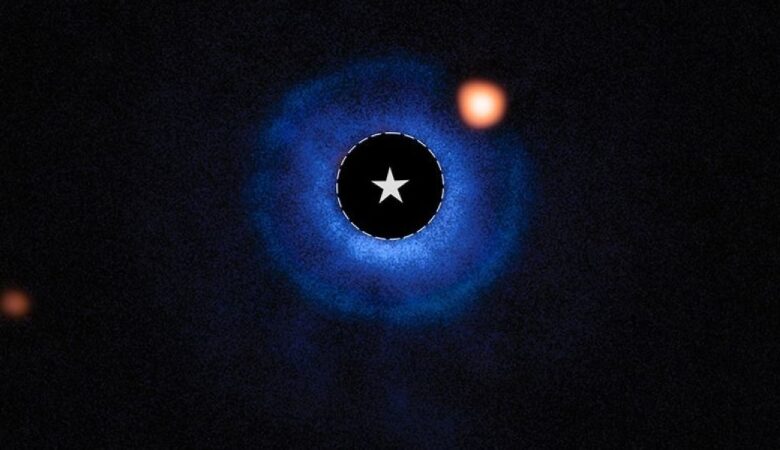James Webb Telescope captures image of Saturn-sized exoplanet 110 light-years away from Earth

Researchers said the James Webb Space Telescope directly imaged a gas giant planet roughly the size of Saturn, the second-largest planet in our solar system, orbiting a star smaller than the sun located about 110 light-years from Earth.
“Webb opens a new window into exoplanets that has never been seen before, both in terms of mass and distance between the planet and its star,” said research team leader Anne-Marie Lagrange of the French research agency CNRSS and LIRA. “This is crucial for exploring the diversity of exoplanetary systems and understanding how they form and evolve.”
She added, “Indirect methods provide amazing information about planets close to their stars. This imaging is needed to discover and characterize distant planets. These planets are typically up to 10 times the distance from Earth to the Sun.”
The telescope provided a lot of information, published by journal Nature on Wednesday.
Since its launch in 2021, the telescope has provided extensive information about the origins of the universe and valuable data on a number of already known planets outside our solar system, called exoplanets.
Most of the approximately 5,900 exoplanets discovered since the 1990s have been discovered using indirect methods, such as observing the slight dimming of a star’s light when a planet passes in front of it. Less than 2 percent have been directly imaged, as the James Webb Space Telescope did with its newly discovered planet.
While this planet is large when viewed in the context of our solar system, it is actually the smallest planet discovered through direct imaging.


















